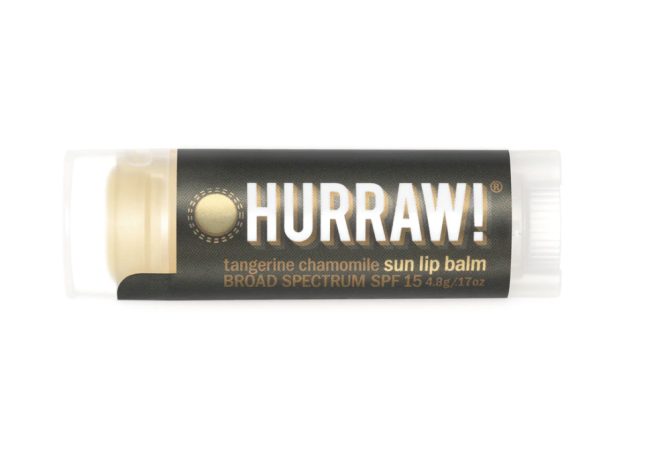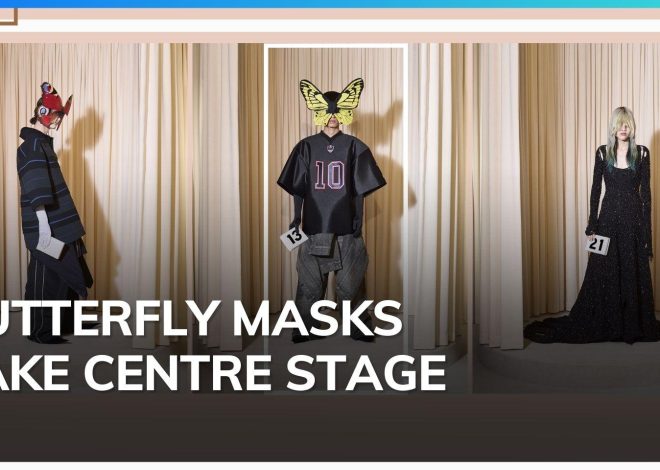
Shorter Skirts = Sound Economy
The Hemline Index suggests that there is a direct correlation between economic situations and women’s skirt length. The Hemline Index Theory was introduced in the 1920s by economist George Taylor. He noted that during the roaring 1920s, a time marked by economic prosperity and cultural liberation, women’s skirts became shorter. Dresses with their dangerously high hemlines were all the rage. As the Great Depression of the 1930s unfolded, the fashion industry did a total
180-degree turnaround. Not fragments, the hemlines dropped just as sharply as the economy itself, reflecting increasing sobriety and conservatism in society.
“It’s not just women, everybody tries to cut corners and save money when the economy is in the doldrums. In tough economic situations, you have men and women cutting their hair short to save on saloon expenses. The power of buying reduces be it clothes, food, or other personal indulgences in tough times,” Nafisa explains. One can look back on the recent COVID-19 pandemic and the economic repercussions across the world. “Many people lost their jobs and people’s spending power reduced drastically. As a result, people changed their normal lifestyles and tried to save every penny. But as the world opened and economies picked up there has been a trend of revenge spending,” Nafisa points out.
The swinging 1960s provided another thrilling chapter in the hemline index theory. This was an era marked by economic freedom, technological advances, cultural revolution, and above all youth. Style-wise, the iconic mini skirt designed by Mary Quant encapsulated all these attributes. Short, sweet, rebellious—the miniskirt became a classic image of the times, lending further support to the hemline index theory. While this might be an interesting theory, it has certainly been subject to a lot of criticism by economists through the ages. The financial crisis of 2008, for example, did not follow any clear pattern related to hemlines.
Economy Indicators
Diane Coyle, an economist, who focused on the intersection of economics and public policy states that this theory is based on unscientific indicators. In her works, she stresses the importance of methodological rigour. In her book, GDP: A Brief but Affectionate History, Coyle points out the limitations of various economic indicators and implies that whimsical measures like the hemline index do not withstand rigorous scrutiny.
Dr. Dawnn Karen, a fashion psychologist explains in her book, Dress Your Best Life: How to Use Fashion Psychology to Take Your Look — and Your Life — to the Next Level that women were fed-up with the “ideal self-images” and “body types” imposed upon them. So, when the economy is soaring high, women are more likely to spend on their personal grooming habits. A study in Japan done over 20 years suggested that women cut their hair short when the economy was down as it is low maintenance. Men, too, bought fewer undergarments when the economy was shaky and did not spend on shaving. The garbage indicator logic is simple. When people have more money, they buy stuff and trash more. Men often indulge in buying expensive liquor, especially champagne for celebrations when the economy is cheerful. During the 2001 recession, Leonard Lauder, chairman of Estee Lauder Co. observed an uptick in lipstick sales because women bought beauty products as small treats during tough times. Reflecting on the Hemline Index theory, Jia Rathod (jiaaaaa_18), a fashion enthusiast says, “Well, the theory seems quite interesting but I don’t think there is a correlation between fashion trends and economic conditions. I think fashion is influenced by so many other factors like cultural changes, technological advancements, and individual creativity, to name a few. Reducing it to just an economic indicator oversimplifies the various influences that shape fashion trends.”
Quirky Trends
During the 2008 recession, a study done in the US indicated that many people tried to get into relationships via online dating sites to overcome depression and seek mental and emotional support. In fact, online dating site Match.com had witnessed its highest surge in over seven years during that time. Jia adds that today’s fashion is influenced by various factors—globalisation, technology, and the propagation of different cultures-which all serve to confuse the logic behind the hemline theory.
In a world where the quick tempo of modern life has become a new cultural curiosity more than anything else, the Hemline Index Theory is perhaps not an accurate economic forecasting tool. However, it remains a fond part of economic folklore. It encourages us to view fashion from a different perspective, feeling the understated way in which our clothing can reflect larger societal shifts. Fashion now moves at the speed of Instagram, shaped by a worldwide symposium of trends and ideas. Whether the skirts are long or short has become a confusing question. There are so many combinations of styles in modern fashion, and things change so fast. As you ponder the season’s latest fashion resources the next time, keep in mind the ‘hemline index’. It’s a joyful reminder that sometimes, who is dressed in that “little black dress” and who isn’t does not only register in fashion soirees and red carpets but is also woven directly into our lives. It is a quirky reminder that the Economy’s ‘bulls’ and ‘bears’ aren’t simply reflected in stock markets but woven directly into society’s greatest possible fabric: Our Lives!
Hemline Index Theory: The theory suggests that the length of women’s skirts gets shorter in good economic times and longer in bad times.
Lipstick Indicator: Women going through economic stress often indulge in small treats of lipstick to feel better during tough times.
Bubbly Index: Champagne and expensive liquor sales soar when the economy is cheerful as people celebrate.
Underwear Index: Men buy less underwear when the economy is in a slump. Sales increase when the economy is doing well.
trend to save money and as it is low maintenance.


